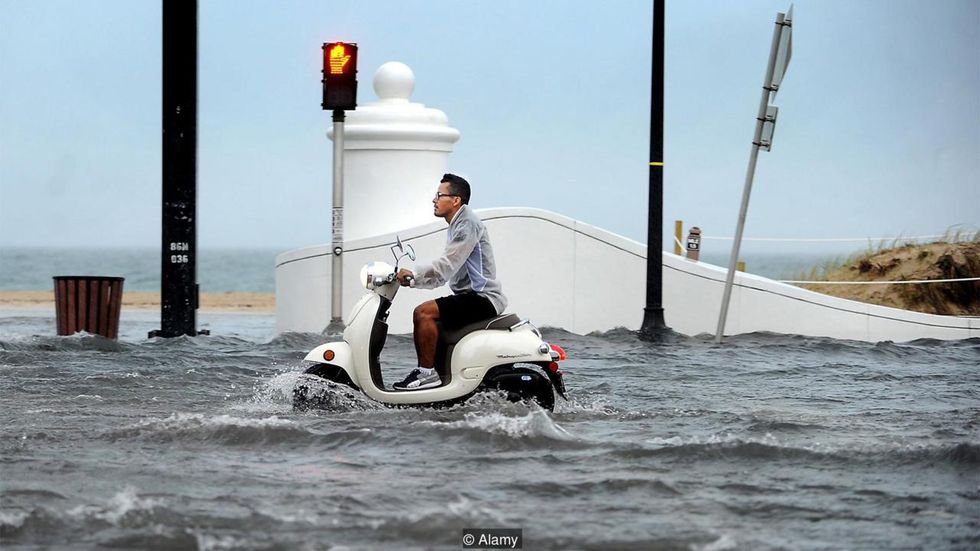There is a scene in Leonardo DiCaprio’s documentary “Before the Flood”in which Dr. Sunita Narain, the director of the Centre for Science and the Environment in India, brings him to a local citizen’s onion farm. They look out across the flooded landscape as she explains that this season’s monsoon rains had completely wiped out the man’s crops, along with his livelihood.
The intense flooding and frequency of dry spells in India during the monsoon season have increased over the past 30 years and wrought havoc on farmers’ agricultural endeavors. It is a pattern that will get worse and one that can only be attributed to climate change.
Climate scientists agree that, as the earth warms and global temperatures rise due to the emission of greenhouse gases into the atmosphere, storms and droughts will become more intense. According to NASA’s Earth Observatory, a smaller difference in temperature between the equator and the poles, combined with higher humidity and an increase in overall land temperature provides the perfect conditions for more severe, yet less frequent storms. It also has the potential to spawn more hurricanes, as warmer temperatures heat ocean waters further from the Equator.
As the impact of Tropical Storm Harvey continues to cause life-threatening flooding in many cities in Texas (including Houston—the nation’s fourth largest), FEMA expects the rebuilding efforts to take years. But these coastal cities being hardest hit by unprecedented rainfall are not the only communities at risk for disastrous inundation.
“The number of people experiencing chronic floods will grow much more quickly than sea level itself,” says Benjamin Strauss, vice president for Sea Level and Climate Impacts at Climate Central. Half of all ocean-front communities in the continental United States will be “chronically inundated” if sea levels rise more quickly than scientists’ more conservative estimates. This means that 50% of towns along the coast will likely experience flooding at least 26 times per year.
For Miami, Florida, this is already a familiar tale. “Sunny-day flooding” has pushed government officials to appropriate $400 million to install pumps, elevate sea walls and to raise streets that are unexpectedly filled with water even on the clearest, most beautiful days. Mayor Philip Levine, as he told DiCaprio in“Before the Flood,” thinks the new infrastructure will buy the city “about 40, 50 years.” By 2100, the sea level in Miami is estimated to be 30-61 inches above that in 1992. Improved drainage will only do so much.
So where does that leave us? With thousands of people being displaced by coastal flooding, more intense tropical storms, long periods of detrimental drought, the question remains, “What can we do?” Adaptation is required as the problems are not preventable anymore. There will be and are now consequences for human beings as a result of climate change. Period.
But we can stop these phenomena from becoming worse. We can commit ourselves as individuals and as lobbyists to change environmentally harmful practices on the institutional level and to work toward reversing global warming. The environment cannot be political. After all, ice has no agenda. It just melts.



















